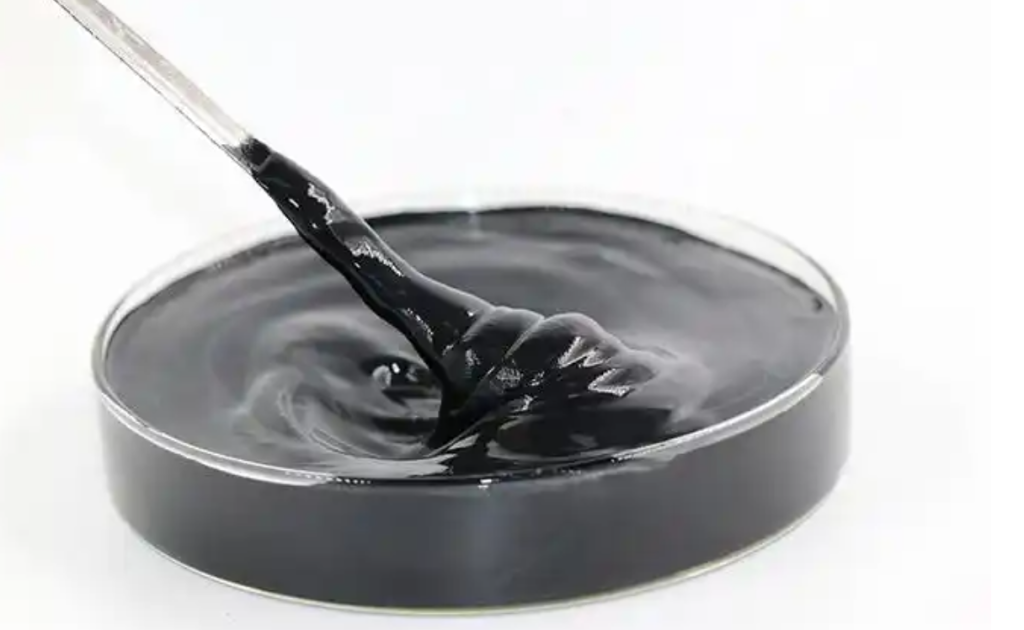Graphene Coating Production Process
The production of graphene-based coatings follows a structured process to ensure optimal dispersion, stability, and performance. The key steps include raw material preparation, graphene dispersion, formulation, mixing, application, curing, and quality control. Below is a detailed breakdown of the process.

1. Raw Material Preparation
The production starts with selecting high-quality graphene materials and other key components essential for coating formulation.
Key Raw Materials:
- Graphene or Graphene Derivatives: Includes graphene oxide (GO), reduced graphene oxide (rGO), or functionalized graphene to improve dispersion and compatibility.
- Binders/Resins: Such as epoxy, polyurethane, acrylic, or waterborne polymers for adhesion and durability.
- Solvents or Water: Used to maintain proper viscosity and dispersion (e.g., ethanol, acetone, or deionized water).
- Dispersants & Surfactants: Prevent graphene aggregation and ensure uniform distribution.
- Functional Additives: Includes corrosion inhibitors, UV stabilizers, conductive enhancers, or antimicrobial agents.
2. Graphene Dispersion
Graphene tends to form agglomerates due to strong van der Waals forces, requiring effective dispersion methods.
Dispersion Methods:
- Ultrasonication: High-frequency sound waves help break up graphene clusters and improve dispersion.
- High-Shear Mixing: Applies intense mechanical forces to evenly distribute graphene in the liquid medium.
- Ball Milling: A mechanical grinding process that disperses graphene in solvents.
- Chemical Functionalization: Modifies the graphene surface to improve its solubility and compatibility with binders.
Quality Control Checks:
- Particle Size Analysis: Ensures graphene sheets are well-dispersed.
- Zeta Potential Measurement: Determines dispersion stability.
- Viscosity Testing: Ensures proper fluid properties for application.
3. Coating Formulation & Mixing
Once graphene is well dispersed, it is blended with binders, solvents, and other additives.
Key Steps:
- Binder Addition: The polymer resin (acrylic, epoxy, or polyurethane) is mixed with the graphene dispersion.
- Additive Integration: Functional additives such as corrosion inhibitors, UV blockers, and conductivity enhancers are introduced.
- Solvent Adjustment: Adjusts the viscosity and consistency of the coating.
- Homogenization: Continuous stirring, ultrasonication, or mechanical mixing ensures uniformity.
Formulation Considerations:
- Graphene Concentration: Typically ranges from 0.1% to 5% by weight.
- Viscosity Control: Adjusted for ease of application via spraying, brushing, or dipping.
- Stability Testing: Ensures the formulation does not separate or degrade over time.
4. Coating Application
Graphene coatings can be applied using various techniques depending on the industry and substrate.
Application Techniques:
- Spray Coating: Ideal for automotive, aerospace, and industrial applications due to uniform coverage.
- Dip Coating: Used in electronic components and anti-corrosion applications.
- Brush/Roller Coating: Common in construction and marine industries.
- Electrophoretic Deposition (EPD): Used for applying graphene coatings to conductive substrates.
- Spin Coating: Ensures precise, thin-film coatings in electronic applications.
Quality Control Tests After Application:
- Film Thickness Measurement: Ensures proper deposition.
- Surface Morphology Analysis: SEM imaging checks for uniform dispersion.
- Adhesion Testing: Cross-cut tests ensure strong bonding.
5. Curing & Drying
After application, the coating undergoes curing to enhance its mechanical and chemical properties.
Curing Methods:
- Heat Curing: Baking at elevated temperatures (e.g., 120–200°C) for polymerization.
- UV Curing: Used for rapid drying in specialized applications.
- Air Drying: Common for waterborne coatings.
- Chemical Curing: Uses crosslinking agents to strengthen the coating.
Post-Curing Quality Tests:
- Hardness Test: Determines scratch and impact resistance.
- Chemical Resistance Test: Evaluates performance against acids, solvents, and salt spray.
- Electrical Conductivity Test: Ensures proper graphene dispersion.
6. Packaging & Storage
Once the coating is cured and tested, it is packaged for distribution.
Packaging Considerations:
- Airtight Containers: Prevents oxidation and moisture absorption.
- Shelf-Life Testing: Ensures long-term stability.
- Labeling & Certification: Provides technical and safety information.
7. Final Quality Control & Performance Testing
Before commercialization, graphene-based coatings undergo industry-standard validation tests.
Key Performance Tests:
- ASTM Salt Spray Test: Measures corrosion resistance.
- Abrasion Resistance (Taber Test): Evaluates durability under mechanical wear.
- Electrical Conductivity Measurement: Ensures coatings meet EMI shielding requirements.
- Weathering & UV Exposure Tests: Determines long-term outdoor stability.
Conclusion
The production of graphene-based coatings involves a meticulous process to ensure optimal dispersion, formulation, and application. Graphene’s unique properties, including superior corrosion resistance, conductivity, and mechanical strength, make it an essential additive for high-performance coatings across various industries. By optimizing dispersion techniques, selecting appropriate binders, and refining the curing process, manufacturers can develop next-generation graphene coatings with enhanced performance and durability.

